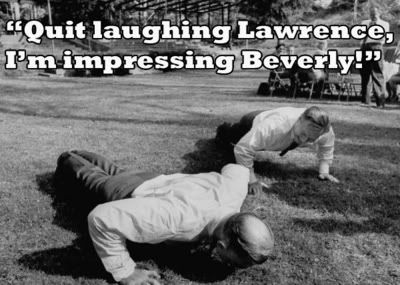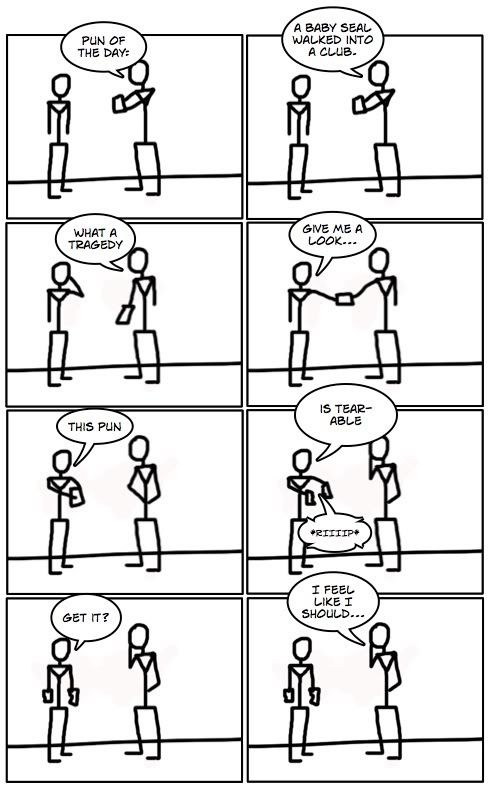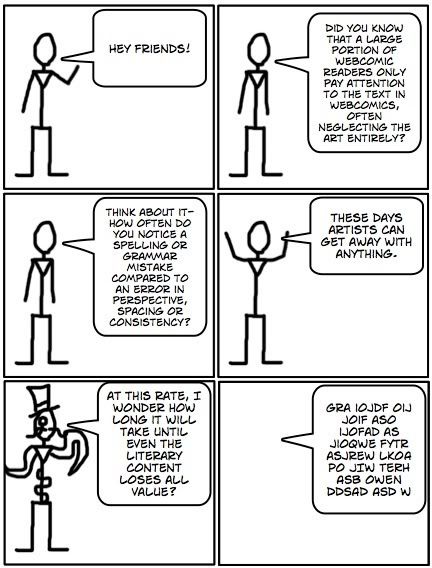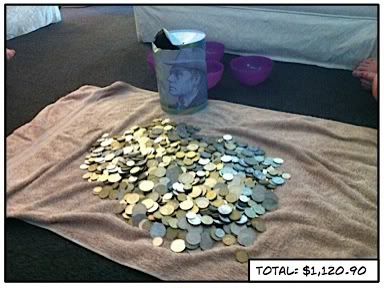The push up (or press up for those of you from British backgrounds) is perhaps the most easily identifiable resistance movement in the world. It is accessible (all you really need is a working body and a floor), it is simple and it is loaded with benefits.
The raw power behind any push up comes from the pectorals (your chest) and the triceps (the back, or posterior, side of your upper arms) much in the way your typical bench press would. For this reason, a lot of people who enjoy resistance training assume that the push up can be replaced and even improved by substituting it for the bench press.
This is not the case. In fact, it is quite far from the truth. On the bench press, the body is sandwiched firmly in place between a bench and gravity. There is little core stimulation, for the most part your body is held in place and your arms and chest do the work.
The pushup however, is performed with your body in the air, all those muscles must contract and stay tight, after all, a rigid structure is much easier to move than something that flops all over the place. Someone once said it to me like this: "You know those planks we do, where we're forced to hold ourselves off the ground, tighten our stomach and just wait for the pain to overwhelm us? Well, a pushup is basically a plank where you go up and down."
 It's like doing two extremely effective exercises in one hit. Killing two birds with one stone (not possible), etc, etc.
It's like doing two extremely effective exercises in one hit. Killing two birds with one stone (not possible), etc, etc.On average, a standard pushup moves about 70% of your weight. This changes based on where your weight is located, your unique body proportions and whichever fitness magazine you believe, but 70% is a fair estimate. The problem with this is that for some people, 70% is too much and for others that weight is far too little.
Never fear, this is where progressions and regressions come to the rescue!
Progressions and regressions are simply fancy gym jargon for tweaks and techniques that make certain exercises easier or harder depending on your individual needs. Progressions are more difficult and regressions are slightly easier. Some people, especially (in my experience) young men, shun the idea of a regression and will simply push and push and push themselves with an exercise that is too hard until they either get discouraged and quit (or proudly go about it with poor form). Others will see a progression and impatiently try it, disregarding the proper technique needed to do it properly in the process. Keeping that in mind, I beg that you would heed this one piece of advice with an understanding and open mind.
Proper Form Is King.
What I mean by that is that if you can't do something with good form, no matter what it is, you should be meek and lowly of heart and humble yourself down to something that you can perform properly. Poor form robs you of the true benefits of exercise and can lead to disasters later down the track (chronic back pain, anyone?).
So, for the pushup, here is a 5 step regression to progression standard:
1. Wall Pushup: Perform your pushup with your hands against a wall, keep your feet together a step away from the wall. Inhale as you lower yourself forwards and exhale as you push back.
2. Incline Pushup: Use a chair, bench, table or anything else that is sturdy and matches your level of strength. Put your hands on your surface of choice and perform your pushups inhaling and exhaling as you did on the wall pushup. Remember, the lower your surface, the more difficult the pushup.
3. Kneeling Pushup: Perform a standard pushup from a kneeling position. Be sure to keep your weight forward and your palms a little wider than shoulder width. Keep your weight forward and push through the ground, exhaling as you come up. You want the emphasis to be on your upper body so avoid using your legs and back to assist you.
4. Pushup: Congratulations, you've built up a to a proper pushup, now do them until their easy! Remember to keep your body in a straight line, nice, tight and rigid like a solid beam of concrete.
5. Diamond Pushup: Form a triangle below your chest with your thumb and pointer fingers. This puts a great deal more weight on your triceps and you will certainly feel it!
From there, you can progress further to assisted one armed pushups, single arm pushups and even bar pushups (where you are performing pushups from the top of an elevated bar), however, we won't go into that, as frankly, those movements are crazy enough to warrant a post of their own.
Starting with the wall pushup, which 99% of people should be able to do right through to a standard pushup, all these movements are attainable to you regardless of your age, gender or strength. When you can perform two sets of twenty repetitions (twenty straight wall/incline/kneeling etc pushups) move on to the next progression. Give yourself time and be patient. Don't try again until the soreness from your last attempt abates. Keep a sheet of paper (or a note on your phone) and track your progress. The pushup is a fantastic exercise that really does benefit your entire body. I strongly urge anyone and everyone to try it out.
All you need is a floor.








